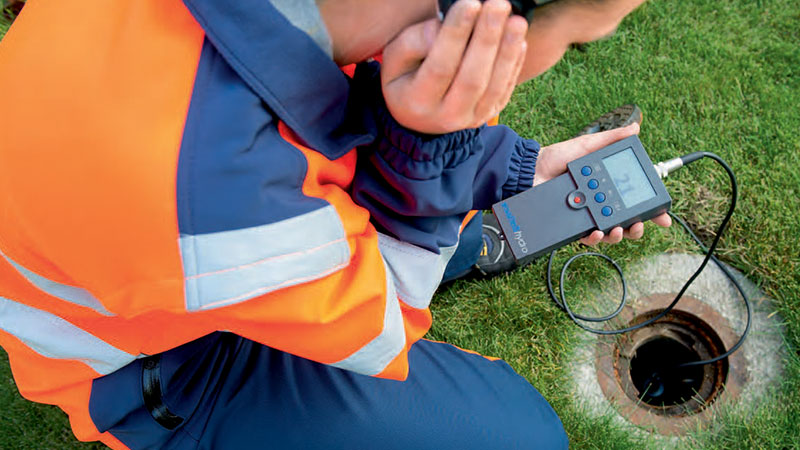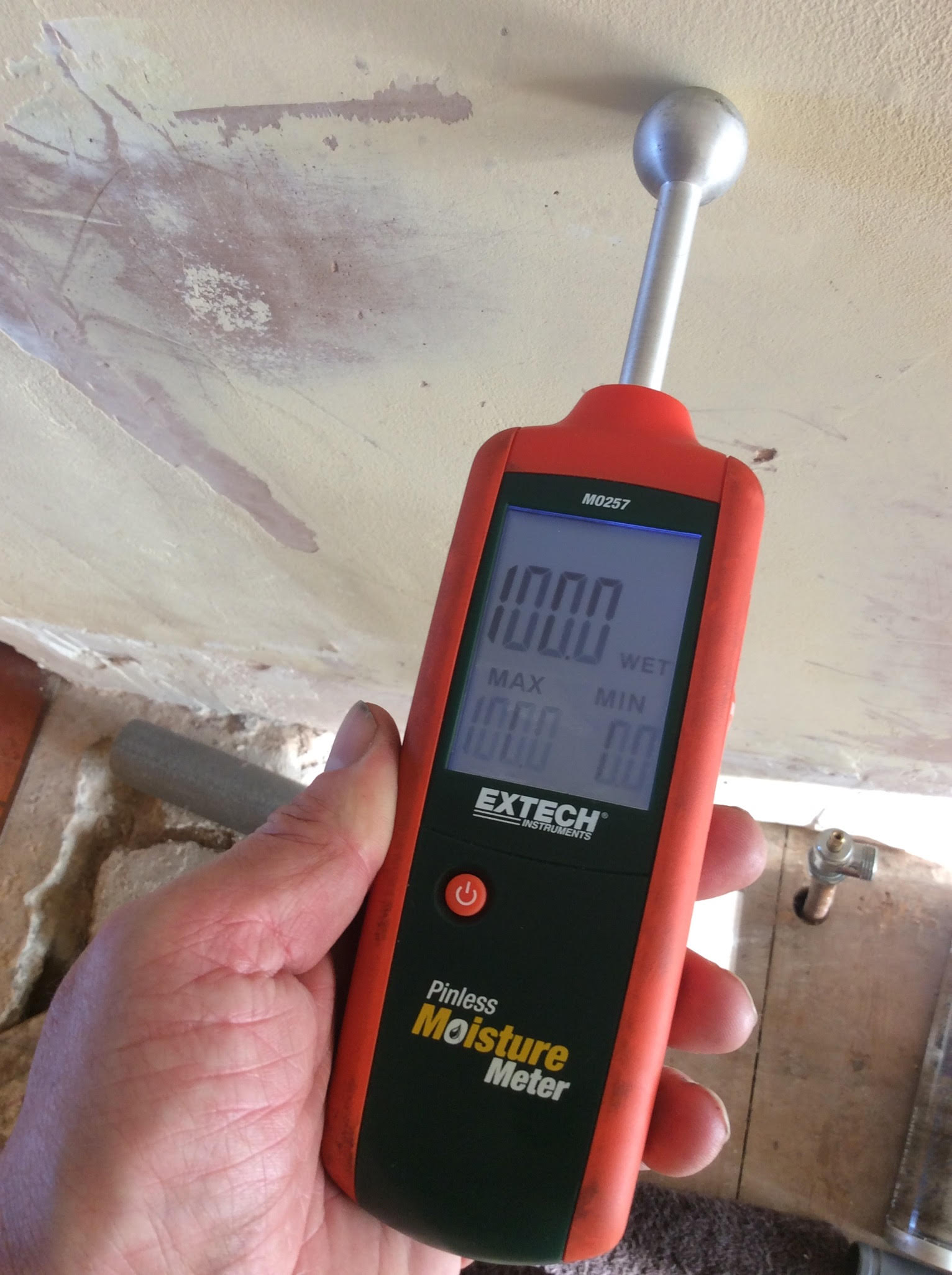Prevent Major Concerns with Very Early Water Leak Detection and Prompt Services
Prevent Major Concerns with Very Early Water Leak Detection and Prompt Services
Blog Article
Ingenious Solutions for Very Early Discovery of Water Leakages in Structures and Framework
From cutting-edge leakage discovery technologies to the deployment of IoT sensors for real-time tracking, the landscape of leak prevention is evolving rapidly. Automated water circulation evaluation systems are reshaping exactly how leakages are determined and attended to, leading the method for a proactive technique to water leak detection.
Advanced Leakage Detection Technologies
Advanced leakage detection modern technologies, furnished with sophisticated sensors and algorithms, play a crucial function in quickly identifying and pinpointing water leakages in numerous settings. Electromagnetic sensing units can identify adjustments in electro-magnetic areas triggered by water, offering yet an additional layer of leak detection capacity.

IoT Sensors for Real-Time Surveillance
In the world of contemporary water leakage detection, the assimilation of IoT sensors for real-time surveillance represents a crucial development in boosting proactive leak discovery capacities. These sensing units supply constant tracking of water systems, giving real-time information on water flow prices, stress variations, and temperature modifications. By leveraging IoT innovation, these sensors can find even the smallest abnormalities in water use patterns, making it possible for early recognition of possible leakages before they intensify into major concerns.
IoT sensors transmit data to a centralized system, where innovative formulas evaluate the details and generate notifies or notifications when irregularities are identified. This real-time surveillance capacity enables homeowner or facility supervisors to immediately deal with leaks, lessening water damages, lowering repair service costs, and conserving water resources.
Furthermore, IoT sensing units can be integrated with structure monitoring systems, permitting for automated responses to detected leakages, such as closing off water valves or triggering pumps to minimize the impact of leaks. Overall, the application of IoT sensors for real-time monitoring dramatically improves the efficiency and performance of water leak discovery in structures and facilities.
Artificial Intelligence Algorithms for Leak Prediction

One key advantage of utilizing machine understanding for leak forecast is its capability to continually discover and improve its accuracy with time. As even more data is collected and fed into the algorithm, it can fine-tune its predictions and adapt to transforming problems, inevitably increasing the reliability of leak discovery systems.
Moreover, artificial intelligence formulas can help in recognizing subtle indications of leakages that might go unnoticed by typical surveillance methods. water leak detection. By evaluating complicated information embed in real-time, these formulas can give very early warnings and signals, enabling punctual treatment and preventative maintenance to minimize potential water damages and connected expenses
Making Use Of Thermal Imaging for Leakage Detection
Thermal imaging modern technology linked here supplies a promising method for discovering water leakages in numerous systems and facilities. By utilizing infrared radiation and temperature level variances, thermal imaging video cameras can determine hidden leakages that are not quickly visible to the naked eye. When water gets away from pipes or frameworks, it typically alters the temperature of the surrounding location, developing temperature level differentials that thermal cams can record. These temperature irregularities are after that converted into noticeable pictures, highlighting the specific place of the leak.
One of the essential benefits of thermal imaging for leak detection is its non-intrusive nature. Unlike typical approaches that may call article for getting into walls or floors to find leaks, thermal imaging enables non-destructive testing. This not only conserves time and reduces prices but also decreases interruption to the building or facilities being analyzed. Furthermore, thermal imaging can quickly scan big areas, offering a detailed review of prospective leak resources in a timely manner. On the whole, using thermal imaging modern technology improves the effectiveness and accuracy of water leakage detection, making it an important tool for preserving the honesty of buildings and infrastructures.
Automated Water Circulation Analysis Systems
How can automated water flow evaluation systems transform the discovery and management of leaks in various systems and infrastructures? Automated water flow analysis systems supply a positive technique to leakage discovery by continually checking water circulation prices and patterns. By establishing baseline information, these systems can quickly recognize variances that may show a leak, allowing timely intervention to protect against extensive damages.
These systems make use of sophisticated algorithms to assess real-time data and provide prompt signals when abnormalities are detected, permitting speedy action to be taken. Furthermore, computerized water flow analysis systems can be integrated with building monitoring systems or IoT systems, enhancing general performance and allowing remote monitoring capacities.
Furthermore, the information accumulated by these systems can be used for anticipating upkeep objectives, helping to recognize prospective weak points in the infrastructure prior to leakages take place. Generally, the execution of automated water circulation evaluation systems can considerably enhance leakage detection and management methods, eventually bring about cost savings, lowered water wastefulness, and enhanced sustainability in structures and infrastructure.

Conclusion
Finally, the combination of innovative leakage discovery innovations, IoT sensing units, artificial intelligence formulas, thermal imaging, and computerized water flow analysis systems supplies innovative services for early detection of water leaks in buildings and Bonuses infrastructure. These technologies allow real-time tracking, prediction of leakages, and effective discovery approaches to prevent water damage and waste. Executing these remedies can aid in maintaining the stability and sustainability of water systems in various setups.
Report this page